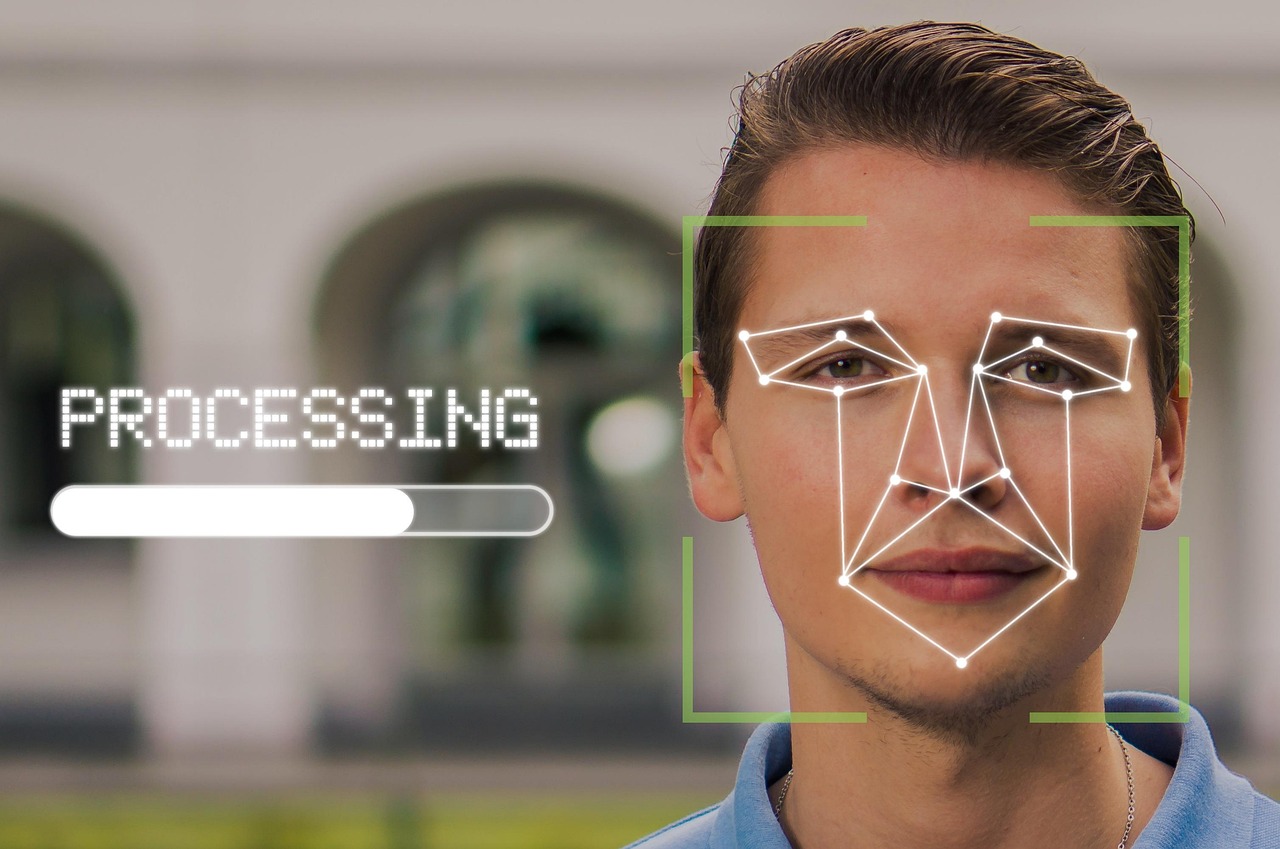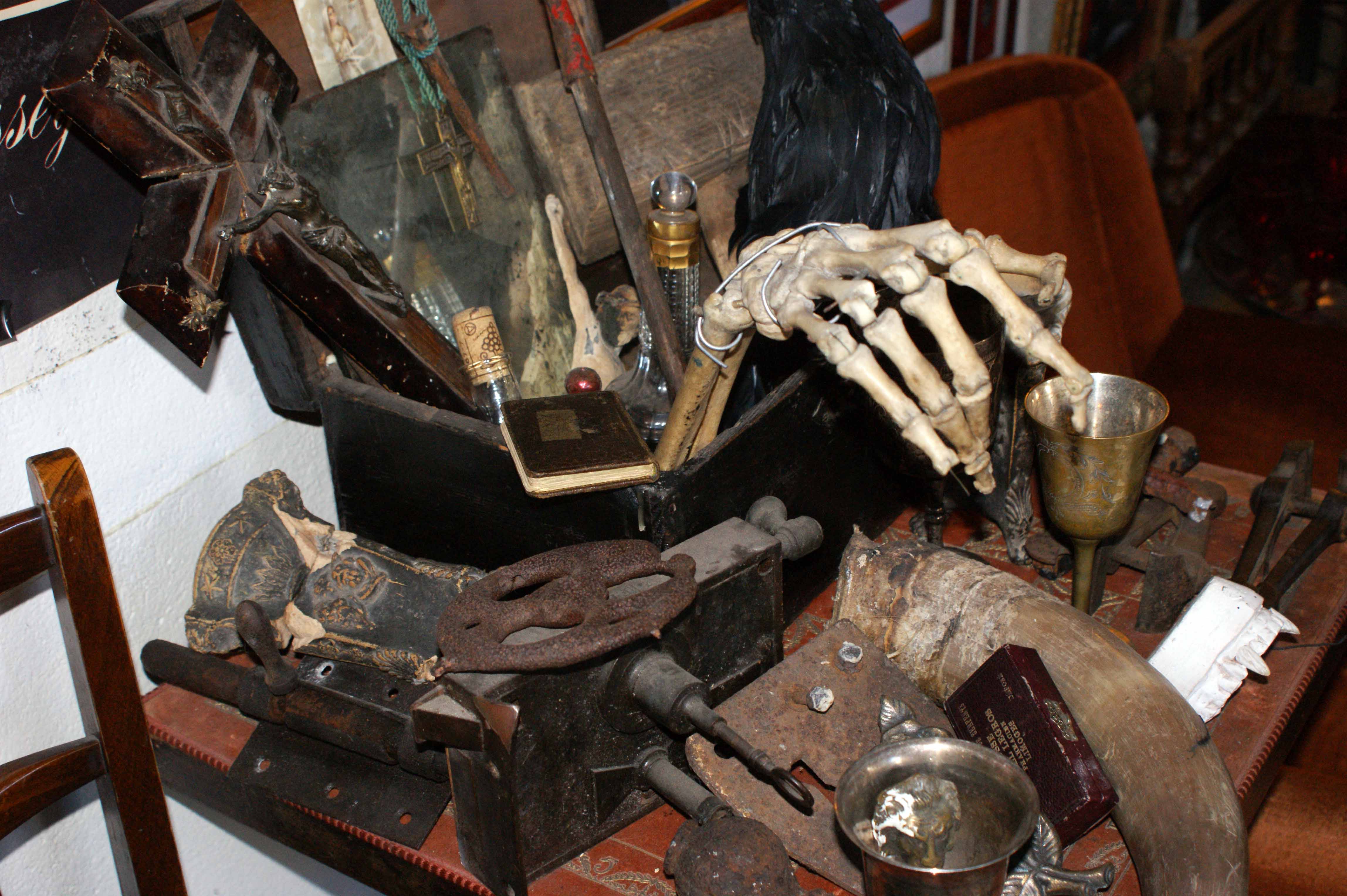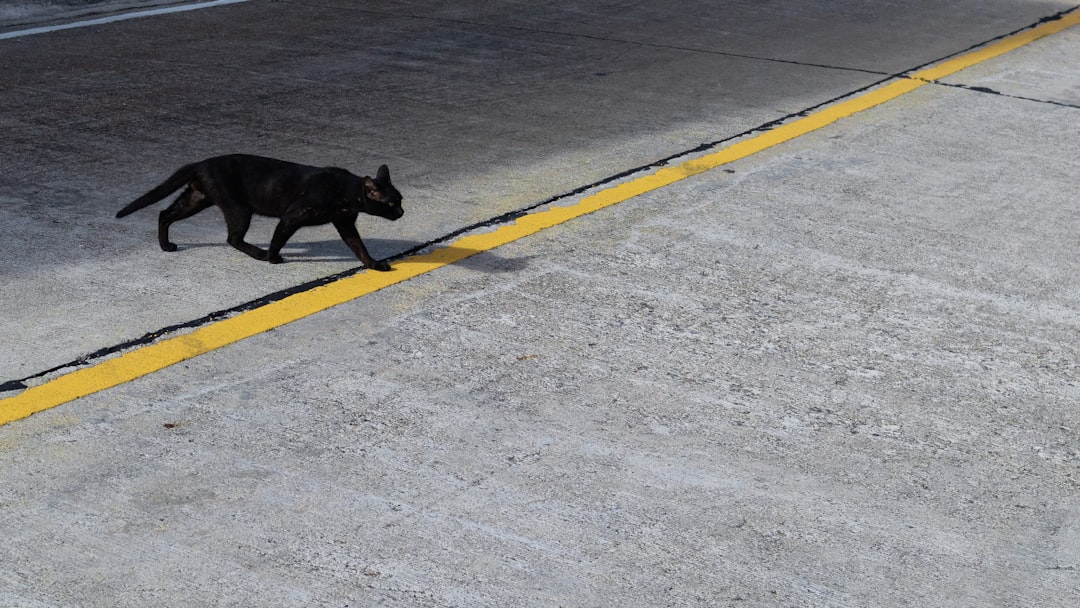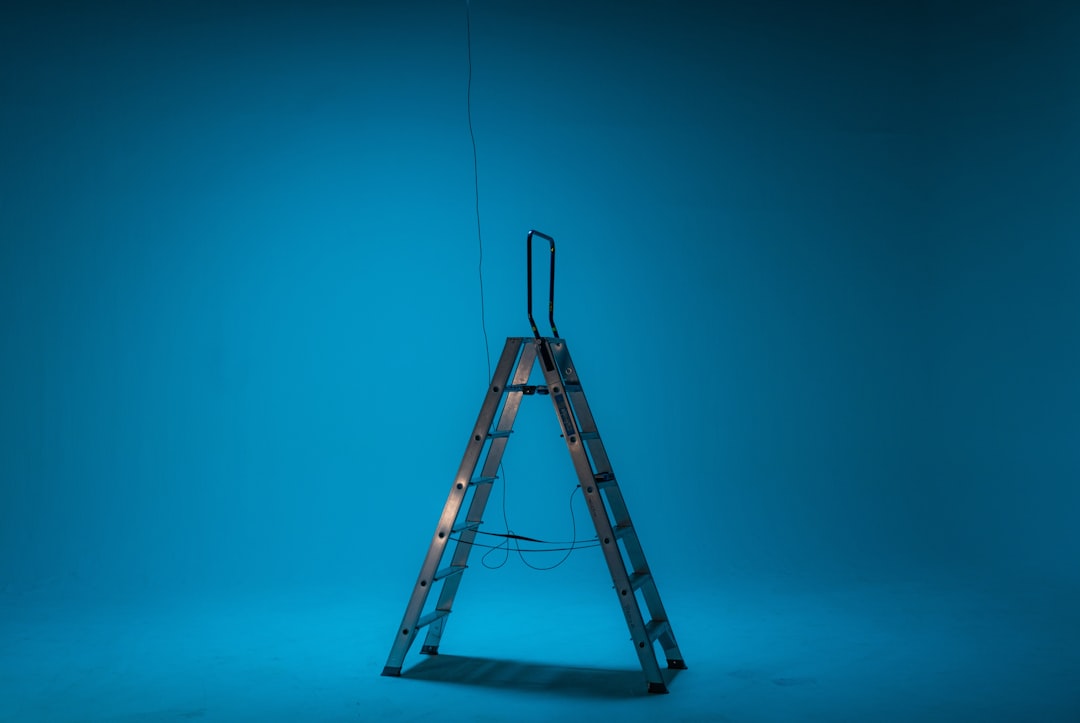Ever catch yourself knocking on wood or feeling nervous when a black cat crosses your path? You’re not alone in these peculiar behaviors. Research suggests that a significant majority of people harbor at least one superstitious belief, regardless of their education level or cultural background.
These ancient rituals and beliefs persist in our modern world for fascinating psychological and neurological reasons. Your brain is actually wired to create these connections, even when logic tells you otherwise. Let’s explore the surprising science behind your everyday superstitions.
Your Brain’s Pattern-Seeking Obsession Creates False Connections

The foundation of superstitious beliefs lies in our brain’s pattern recognition systems. Humans possess an inherent tendency to identify connections between events, even when none exist – a phenomenon known as apophenia. This cognitive process, while generally adaptive for survival, can lead to the formation of irrational beliefs when we mistakenly link unrelated occurrences.
The human brain gets a constant flow of information, and its main job is to make sense of it. It does this by finding connections between events in the environment. But sometimes, our brain can link things that are not really related, creating superstition and false beliefs. Your ancestors who spotted patterns in nature survived longer than those who didn’t notice the rustling bushes that meant danger.
In a study of the “hot hand in basketball”, both spectators and players believed that the chance of players hitting a shot was related to the success of their previous shot. In reality, the relationship between hits and misses of succeeding shots by the same player did not statistically deviate from chance. This shows how your pattern-seeking brain creates meaningful stories from random events.
Confirmation Bias Makes Your Superstitions Feel Real

Confirmation bias is the tendency to search for, interpret, favor and recall information in a way that confirms or supports one’s prior beliefs or values. People display this bias when they select information that supports their views, ignoring contrary information or when they interpret ambiguous evidence as supporting their existing attitudes.
Confirmation bias is the tendency to notice proof that fits our assumptions. You will remember every time something goes wrong after that if you think that breaking a mirror will bring you bad luck for seven years. The times when nothing occurred will be forgotten. This selective memory creates a powerful illusion that your superstitions actually work.
Confirmation bias significantly contributes to the maintenance of superstitious beliefs. Once established, individuals tend to notice and remember instances that support their superstitions while ignoring or forgetting contradictory evidence. This selective attention reinforces existing beliefs and makes them increasingly resistant to change over time.
Black Cats: When Practical Safety Became Supernatural Fear

Black cats are “bad luck”? No, they are hard to see, and therefore easy to trip over. So, yes, having one cross your path could yield an unfortunate outcome – a stumble, a fall, a broken shoulder. But because we’ve muddied the message, black cats have been amplified into a superstitious entity.
As early as the 13th century, people viewed these furry creatures as in league with Satan. Around the same time as mass witch hunts, a semi-war on cats ensued, leading to a massive decline of cats across Europe. Black cats, in particular, became targets, and the belief that crossing paths with one brought bad luck was set in place. What started as a genuine visibility concern evolved into a supernatural fear.
Interestingly, in ancient Egypt, black cats were revered and associated with the goddess Bastet. In Japan, a black cat crossing a woman’s path is a sign of good luck for finding her suitor. Also, sailors historically considered a black cat on their ship to be good luck and a promise of a safe voyage. Cultural context completely transforms the meaning of the same event.
Broken Mirrors: Ancient Soul Beliefs Meet Roman Timekeeping

The broken mirror superstition originated with the ancient Romans. They believed that a mirror reflected a person’s soul and that damaging a mirror would damage the soul itself, and a broken mirror would trap the soul in its distorted reflection. This wasn’t just about vanity – mirrors were considered mystical portals to the spiritual realm.
Breaking one came laden with bad luck as the Romans believed that the gods peered into the souls of mortals through mirrors. Damaging this looking glass was thus considered an affront to the deities. As many will know, this act brings the precise number of seven years of bad luck. Likewise, this belief is thanks to the Romans as it’s linked to their understanding that the body renews itself every seven years, allowing bad luck to shed.
There’s even a practical element to this superstition. Throw a pinch of salt over your shoulder. Because salt crystals will help the broken glass shards on the floor show up, by landing on them and marking them through contrast, refraction, or reflection. I’ve tried this before when we’ve broken a drinking glass, and it works quite well. Ancient wisdom disguised as magic often contained genuine utility.
Walking Under Ladders: Sacred Geometry Meets Common Sense

This superstition really does originate 5,000 years ago in ancient Egypt. A ladder leaning against a wall forms a triangle, and Egyptians regarded this shape as sacred (as exhibited, for example, by their pyramids). This superstition relates purely to Christianity, with the claims that the ladder against a wall creates 3 points and thus represents the Holy Trinity. Walking through this triangle thus represents you breaking it.
The same goes for walking under a ladder. It’s not bad luck, it’s just a bad idea. Things fall from the tops of ladders – hammers, people, paint buckets, and so forth. Ladders are easy to jar and destabilize, so if you walk under one, you might knock it over, which would be bad. Yet somehow, a common sense rule – don’t walk under ladders – was refracted through the prism of “luck” until it became a superstition.
The religious symbolism gave weight to what was already practical advice. It is also claimed that ladders were rested against crucifixes, and thus became a symbol of wickedness, death, and any other values that go against Christ’s teaching. These beliefs were so prevalent, criminals sentenced to be hung in 17th century England were forced to walk under a ladder as they headed towards the gallows.
Opening Umbrellas Indoors: Victorian Engineering Creates Modern Fears

The modern superstition about opening an umbrella indoors most likely stems from the 19th century when umbrellas were significantly improved by Samuel Fox. Although the design was similar to modern umbrellas, these early iterations were unwieldy and sometimes dangerous to handle. The frame of the umbrella relied on hard metal spokes that would spring open at the command of stiff spring triggers. So, this popular superstition may stem from warning people about the safety concerns of using an umbrella in the house.
In eighteenth-century London, when metal-spoked waterproof umbrellas began to become a common rainy-day sight, their stiff, clumsy spring mechanism made them veritable hazards to open indoors. A rigidly spoked umbrella, opening suddenly in a small room, could seriously injure an adult or a child, or shatter a frangible object. Even a minor accident could provoke unpleasant words or a minor quarrel, themselves strokes of bad luck in a family or among friends. Thus, the superstition arose as a deterrent to opening an umbrella indoors.
However, that’s not the only umbrella superstition with roots in ancient Egyptian civilization. For instance, it was considered bad luck for non-royals to use umbrellas. Egyptian nobility were protected from the sun with umbrellas made of papyrus and peacock feathers. Because the umbrellas were designed to mimic the goddess who formed the sky, their shade was considered sacred. Safety concerns merged with ancient reverence for solar protection.
Lucky Horseshoes: Iron Magic Meets Sacred Symbolism

To ward off goblins and evil spirits from their homes, the people hung iron horseshoes over their front doors. “Horseshoes were doubly frightening to the little people because they looked like the Celtic moon god’s crescent.” Cold iron has long been believed to ward off evil. Early Western Europeans believed that the only way to ward off witches and ghosts was to nail iron horseshoes to your door. Iron is also perceived as a mystical metal because of its magnetic properties.
The number of holes in a horseshoe isn’t just a random design choice. Typically, horseshoes have seven holes to secure them to a horse’s hoof. The number seven is revered across cultures for its frequent appearances in nature and life: seven continents, seven seas, seven colors in a rainbow and seven days in a week. This association with the number seven only amplifies the horseshoe’s lucky aura.
The legend of Saint Dunstan adds another layer to the belief. One of the earliest mentions of a horseshoe being used to ward off evil is a 10th-century tale that involves the patron saint of blacksmiths, Saint Dunstan, and his encounter with the devil. The legend says that one fateful day, as the blacksmith worked in his shop, the devil entered and demanded shoes for his own hooves. Saint Dunstan knew he could not refuse the request, so he nailed burning hot horseshoes forcefully into Satan’s hooves. Multiple symbolic elements converged to create this enduring charm.
Your Psychological Need for Control Drives Superstitious Behavior

A study published in the International Journal of Psychology and Behavioral Sciences describes the possible origin of superstitions as a way of creating the perception of “having control over outer conditions”. This means that superstitions are used to create understanding and exert control over aspects of our lives that we may have little to no control over, like the weather.
Lacking control or experiencing feelings of uncertainty have been found to increase supernatural beliefs, in the form of superstition, belief in horoscopes, and increased religiosity. These findings are consistent with the idea that irrational beliefs are rooted in pattern perception, as establishing relevant patterns makes an unpredictable, uncertain, and potentially threatening environment more predictable. Indeed, control threats have been found to increase the extent to which people misperceive patterns in randomness.
B.F. Skinner’s groundbreaking experiments demonstrated how superstitious behavior emerges through operant conditioning. When pigeons received food at random intervals, they developed ritualistic behaviors, repeating whatever action they were performing when the food appeared. This research revealed how accidental reinforcement can create persistent behavioral patterns, illustrating the psychological reasons behind human superstitious rituals. Your brain creates the same false cause-and-effect relationships when good or bad things happen after certain behaviors.
The science reveals that your superstitions aren’t just silly quirks – they’re sophisticated psychological mechanisms your brain uses to navigate uncertainty and maintain a sense of control. Superstition is widespread across all levels of intelligence. Even highly educated and rational people engage in superstitious behaviors – athletes have rituals, scientists might have lucky objects, and investors rely on patterns with no real statistical significance. It is not necessarily a sign of weakness but a coping mechanism. Many people use superstition to manage uncertainty, reduce anxiety, or feel a sense of control, regardless of their intellectual capabilities.
Understanding the science behind your beliefs doesn’t necessarily diminish their power – it simply shows how wonderfully complex your mind really is. What do you think about these explanations? Tell us in the comments.



